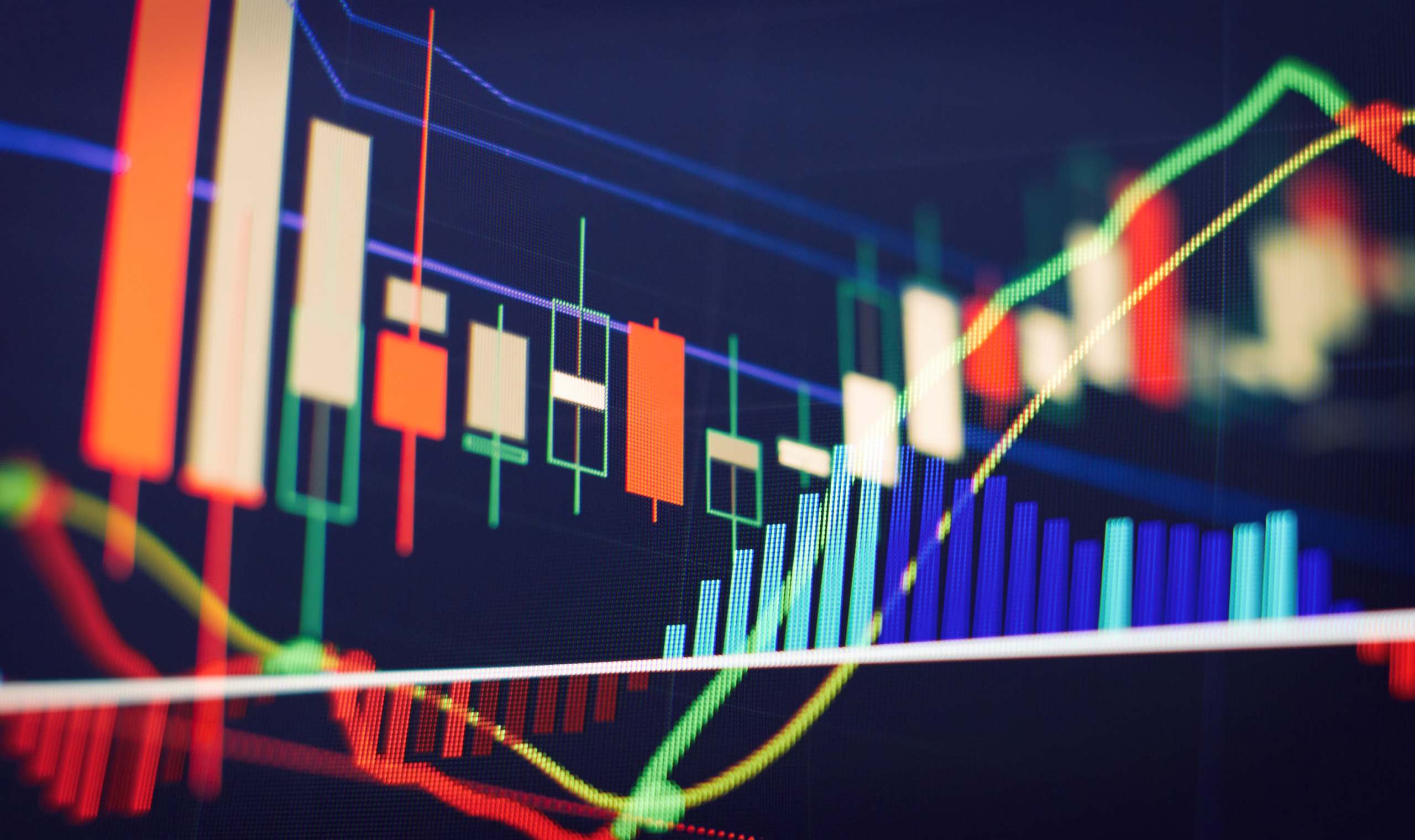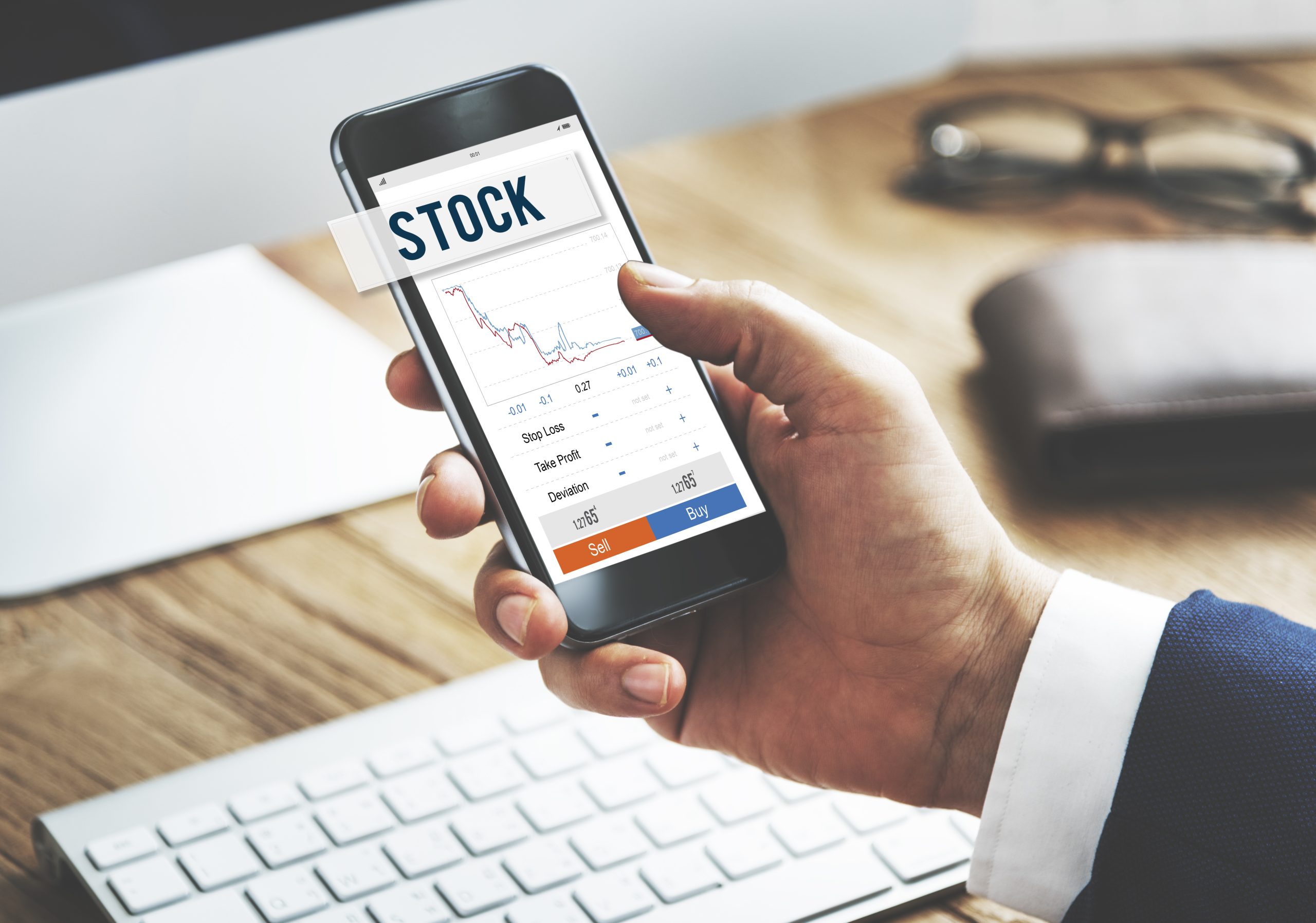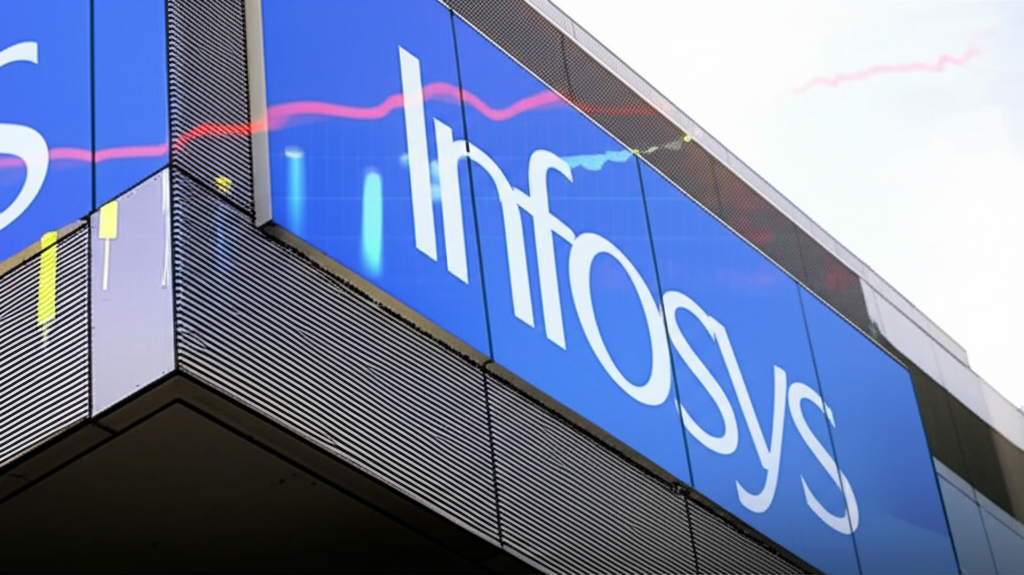In such a volatile world, where not every investment can be a runaway success or failure, the Sensex of India’s Bombay Stock Exchange (BSE) stands like a lighthouse, guiding investors and offering insights into the economic currents of India. It is an index that reflects the performance of 30 leading companies from various sectors. So how does this index work? This introductory piece demystifies it for you by diving into its calculation, significance, and influencing factors. By the end, you would have gotten a clearer picture of its role in the financial world.
What is the Sensex?
It’s no secret that Sensex has become one of the most popularly accepted stock market indices to track in India. It serves as an important barometer for measuring the overall performance of Indian stock markets especially BSE which is also one oldest and significant stock exchanges in Asia. Here we take a closer look at what Sensex really is; breaking down it components ,finding out how it works and understanding its importance.
Composition of the Sensex
The Sensitive Index comprises of 30 well-established blue-chip companies listed on BSE . The selection process is done after carefully evaluating these companies based on their market capitalization , liquidity , trading volume and other relevant criteria to ensure that only best performing shares make it to the list so that public sentiment towards these stocks can be gauged accurately.
Calculation of the Sensex
Free Float Market Capitalization method is used to calculate sensex. Market capitalization refers to total value of all outstanding shares of a company’s stock listed on any exchange . In case of sensex “free float” refers to those shares which are available for trade in open market . Promoters /Governments owned shares are generally not traded hence are not included while calculating free float.
Formula applied for sensex construction involves adjustment in constituent stocks’ market caps for their Free Floats & scaling of index value to a more “workable” number by a factor called the “Index Divisor” after adjusting for corporate actions like stock splits , dividends and rights issues to maintain index continuity.
Significance of the Sensex
1. Market Health Indicator:
Sensex is widely regarded as one of the key indicators for measuring Indian economy’s health ; both at domestic and global levels . A rising Sensex will usually indicate bullish investor sentiment . That means that investors are optimistic about Indian economy’s future and profitability of India’s leading corporations. Declining Sensex on the other hand shows bearish sentiment due to economic downturns , political instability or external economic shocks.
2. Benchmark for Investment:poli
For investors both at home and abroad Sensex provides a benchmark against which you can measure your own investment portfolios’ performance. It also helps them in taking informed decisions regarding entry / exit points in market , assessing mutual funds’ performance or considering adding diversity to their investments sets.
3. Influence on Economic Policies:
The Sensex movement can have more implications than just the stock market. Big fluctuations in the index can do things like influence economic policy decisions, impact foreign investment flows, affect Indian rupee valuations, and even change consumer confidence and spending behaviors.
4. Updates and Monitoring
Sensex is updated in real-time every hour during market hours because prices of stocks keep changing so much. It’s watched like a hawk throughout the day by investors, financial analysts, policymakers, media & anyone else you could think of that would care about it. It’s front and center of news summaries & analysis too.
How is the Sensex Calculated?
The calculation for Sensex is based on its constituent companies’ market capitalization. Market capitalization refers to a company’s total market value when you multiply how many outstanding shares they have by their current market price per share. To make sure it only considers shares available for trading (excluding promoters’ holding), free float market capitalization method is used for more accurate reporting of what’s happening in the markets.
Why is the Sensex Important?
1. Market Health Indicator:
When Sensex goes up it generally means good things for the economy & investor confidence. A rising sensex usually indicates that the market will be doing well since investors are confident enough to buy more equities.
2. Investment Decisions:
For investors specifically, it acts as a benchmark making it easier to compare individual investments against how everything else in general is performing with it being such a prevalent number in financial news.
3. Economic Indicator:
Beyond just stocks, big shifts in sensex can still influence economic policies or decisions made by corporate boards or even everyday consumers who will then change their spending habits based off what they hear in the news about sensex changes.
Economic policies:
Announcements related to fiscal policy interest rates or anything else all play immediate effects on the Sensex.
Global events:
Things like oil price fluctuations, trade wars, or global pandemics can influence investor sentiment & then change the Sensex.
Corporate performance:
The financial results and future outlook of the companies within the Sensex basket directly impact its movement.
Political stability:
Political events and stability play a significant role in shaping investor confidence & market performance across all sectors of business.
Sensex:
The Barometer of the Indian Economy, To put it simply, the Sensex is much more than just a number. It’s a comprehensive indicator that reflects how healthy the stock market is & offers insights into what’s going on in India’s broader economic landscape.
The Sensex is a lot more than just an ordinary number you see on the financial pages. It’s a mirror reflecting how healthy and lively India’s stock market is, and by extension, it tells us about the country’s economy as well. By tracking the performance of 30 leading companies across various sectors, this premier index paints a pretty good picture of investor confidence, economic trends and how stable the country is financially.
So what does that mean? Allowing investors, policymakers and even the general public to understand the Sensex, its movements and what causes them is important for everyone. This little but mighty index serves as a key tool in making informed investment decisions, understanding economic policies and getting an overall feel for how hot or cold things are out here in finance land. And so it goes without saying that if you’re an investor or anyone looking to find success in financial markets, then you’ll need to use it like many others do. After all, knowledge is power!















0 Comments